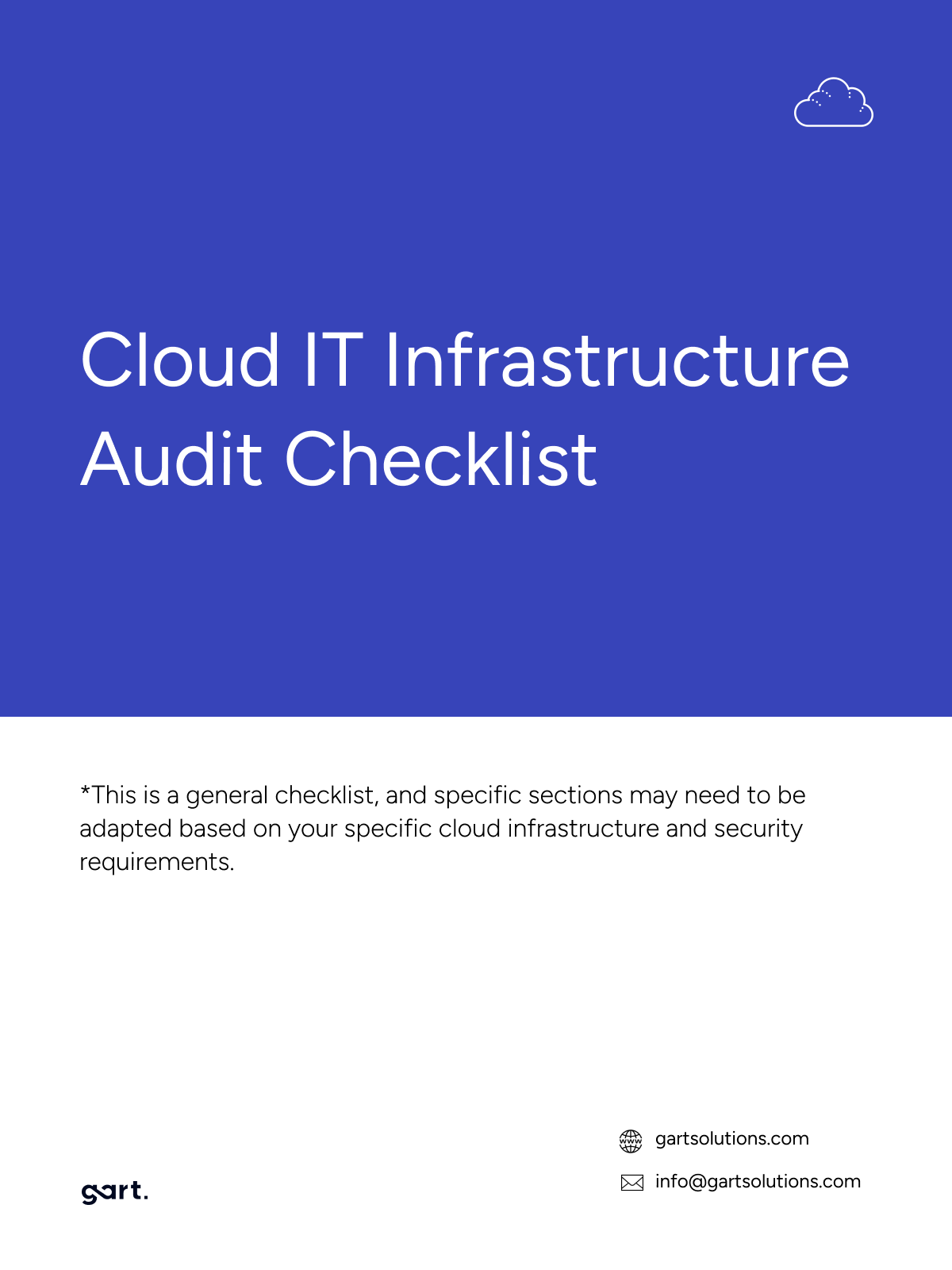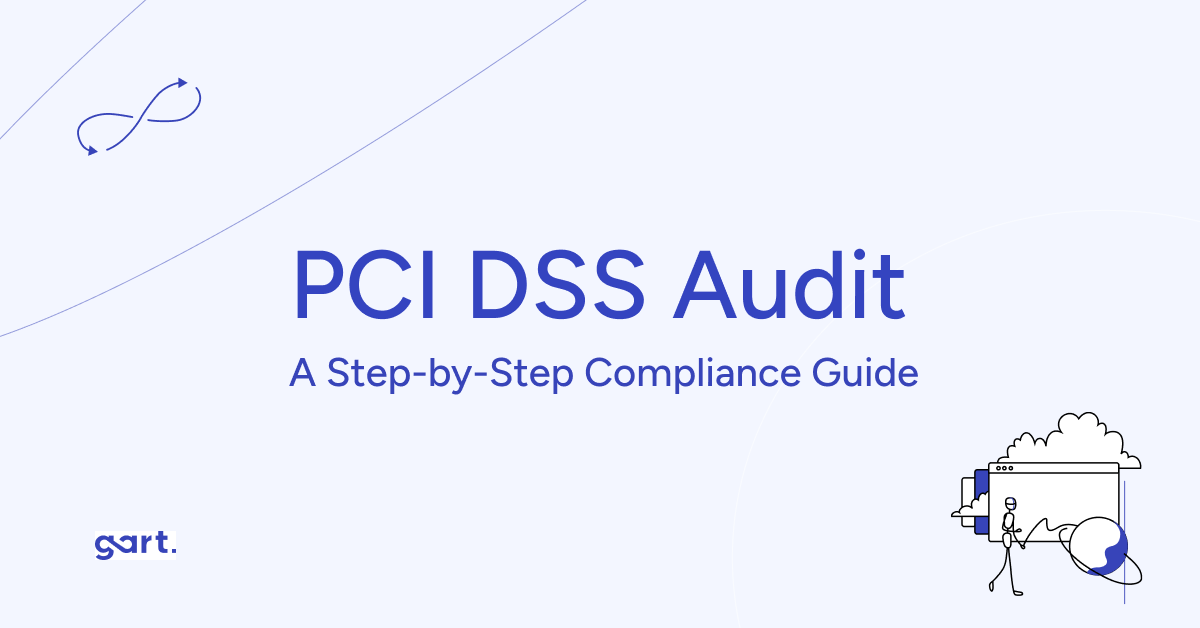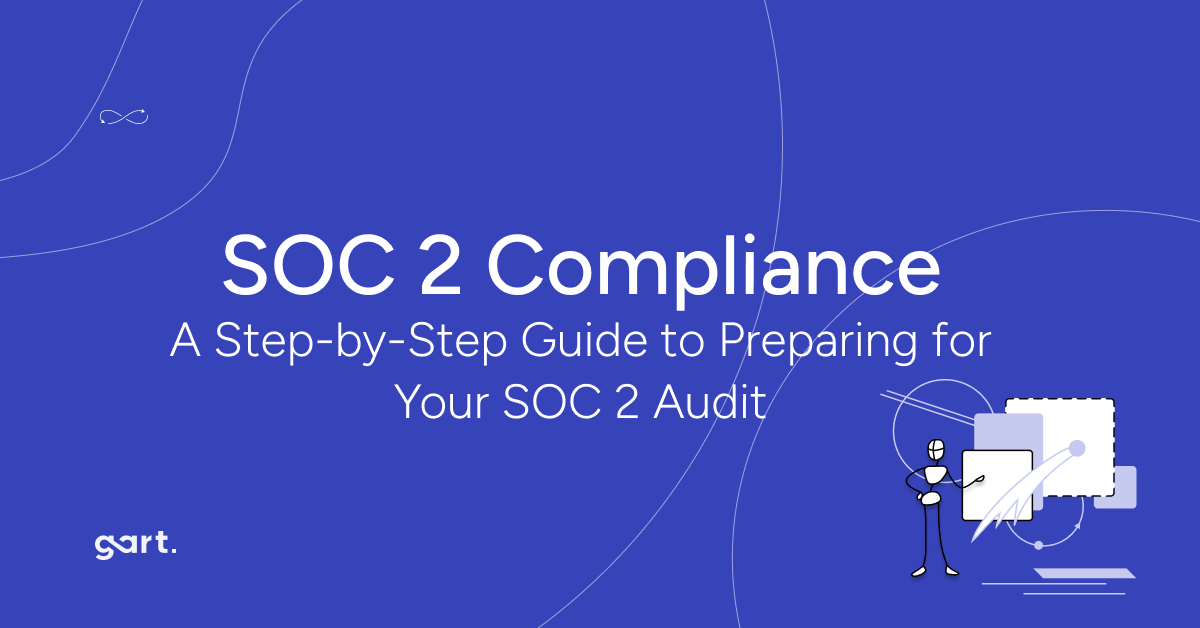We are happy to share that Gart Solutions stands tall as a leader in two prestigious Clutch categories: "Champion" and "Clutch Global Winners." Clutch, the renowned B2B research, ratings, and reviews platform, serves as a crucial bridge connecting businesses with top-tier service providers across diverse industries such as IT, marketing, design, and development.
Celebrating Excellence
Securing recognition in both the "Champion" and "Clutch Global Winners" categories underscores Gart Solutions' commitment to delivering high-quality services. Let's delve into what each accolade represents:
Champion Award: Reserved for companies consistently demonstrating excellence and earning positive reviews on the Clutch platform.
Clutch Global Winners: Typically refers to companies that have achieved recognition at a global level on the Clutch platform. This signifies Gart Solutions' ability to make a mark in the international arena.
These awards stand as testament to Gart Solutions' expertise, showcasing an overall commitment to excellence and a high level of client satisfaction.
The Significance for Gart Solutions
For the Gart Solutions team, being recognized as a Clutch Champion and Global Winner holds profound meaning. It goes beyond affirming the quality of services; it reaffirms our mission to enhance the resilience of your infrastructure, fostering a stable and profitable environment for your business.
Fedir Kompaniets, co-founder and CEO, shares his perspective: “Being recognized by Clutch means I am doing the right thing. Starting a DevOps company for me and my business partner was about helping more and more people succeed in their businesses. Building a team of like-minded individuals, we've earned the reward from Clutch, making me immensely proud. I believe more success lies ahead, and these awards serve as mutual confirmation that we are on the right path.”
At Gart Solutions, we are dedicated to resolving your technical challenges, allowing you to focus on what truly matters – expanding your business.
Resources
FISMA, or the Federal Information Security Modernization Act, was created in 2002 in response to the 9/11 attacks and growing cybersecurity threats. It’s a law that requires government agencies and private companies working with the government to protect their information systems from cyber threats. FISMA applies to federal agencies, their contractors, and organizations that receive […]
SOX Compliance is all about following the rules set by the Sarbanes-Oxley Act of 2002, a U.S. law designed to protect investors by making sure companies report their financial information accurately. This law came into play after major scandals like those at Enron and WorldCom shook public trust in corporate finances. By enforcing stronger internal […]
The HITECH (Health Information Technology for Economic and Clinical Health) Act has changed how healthcare providers handle patient information by promoting the use of Electronic Health Records (EHR) and creating a strong compliance framework. A key part of this framework is the audit process, which ensures that healthcare organizations follow HIPAA’s rules on privacy, security, […]
Hey there! Let’s talk about PCI DSS Audit. It’s a big deal for anyone dealing with credit card info. Quick summary: 🏷 PCI Definition: PCI stands for Payment Card Industry, and the PCI DSS (Data Security Standard) is designed to protect cardholder data during payment processing. The standard applies to any entity that stores, processes, […]
SOC (Service Organization Control) audits are a way to show that your internal processes are up to standard—whether it’s managing financial data or protecting sensitive information like customer privacy. SOC 2 compliance is a set of guidelines that helps companies manage and protect customer data. It’s especially important for businesses that offer services to other […]
The Health Insurance Portability and Accountability Act (HIPAA), enacted by the U.S. Congress in 1996, serves as a crucial legislative framework that ensures the confidentiality, integrity, and availability of individuals’ health information. This federal law was established to regulate the privacy and security of Protected Health Information (PHI), emphasizing the responsible handling of patient data […]
E-books & Whitepapers

Download free PDF of NIS2 Compliance Directive, the updated version of NIS, taking effect in October 2024 which is intended to bolster cybersecurity measures across organizations in EU.

Migrating to the cloud offers scalability, agility, and efficiency, but it also introduces new security considerations. This checklist outlines key areas to assess during a Cloud IT Infrastructure Audit, ensuring your cloud environment remains secure and optimized.












